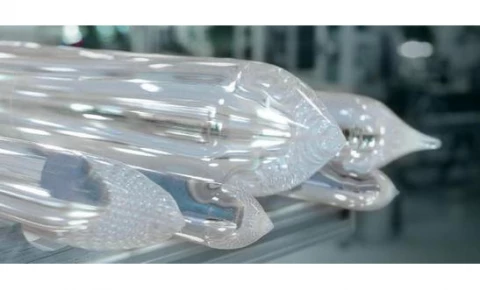Description
At the forefront of optical innovation, LEONI's subsidiary, j-fiber, stands out in the production of high-quality preforms, utilizing highly pure fused silica materials. These preforms form the cornerstone for crafting both high-performance special fibers and standard fibers, tailored meticulously to meet specific customer demands. Whether the application involves the transmission of high data rates or the efficient conveyance of high-power laser transmissions, j-fiber's expertise ensures that the necessary waveguide design is precisely adjusted to meet these needs, from the initial prototype phase to full-scale series production.
What sets j-fiber apart is its commitment to customization. The design and configuration of each preform are finely specified to achieve the desired numerical aperture. This involves careful determination of the core profile, whether step or graded index, and the selection of dopant options, including Germanium, Fluorine, Boron, or Rare-earth elements. Additionally, the geometry of the preform is crafted to suit application-specific requirements, with precise shaping of the core and cladding to facilitate optimal assembly.
LEONI's preforms are produced using state-of-the-art process technology, ensuring each step is aligned with the highest standards of quality. The production process begins with selecting the appropriate core material, sourced from undoped fused silica with varying OH content or achieved through direct coating of doped fused silica. The final waveguide preform is then crafted using the MCVD process for graded-index and step-index fibers or the PBVD process for large core step-index fibers. This meticulous attention to detail guarantees a preform with superior performance properties, crucial for the demanding applications they serve.
Quality is paramount at j-fiber, with every preform undergoing stringent quality monitoring to ensure compliance with specified parameters. The result is a preform that excels during the fiber drawing process, meeting the high-performance demands of various applications. Among the offerings are graded-index preforms for multimode fibers, available in the 50/125 and 62.5/125 designs, produced using the innovative MCVD technique. This ensures the fulfillment of all specified fiber performance properties, reinforcing LEONI's commitment to excellence in optical fiber production.
FiberTech Multimode Germanium-Doped Step-Index Preforms
Specifications
| Core Composition: | SiO2 / GeO2 |
|---|---|
| Preform Diameter (O.D.): | 10-40 mm |
| Cladding Composition: | SiO2 |
| Numerical Aperture: | 0.10 - 0.24 |
Features
- High-Quality Preforms: Developed using highly pure fused silica materials, tailored to customer specifications for high-performance special and standard fibers.
- Customizable Waveguide Design: Offers adjustable waveguide design for high data rates or high-power laser transmission, from prototype to series production.
- Preform Design Options: Step-index and graded-index core profiles with dopant options including Germanium, Fluorine, Boron, or Rare-earth elements to achieve the required numerical aperture.
- Advanced Process Technology: Utilizes MCVD (inner coating) for graded-index and step-index fibers, and PBVD (outer coating) for large core step-index fibers.
- Strict Quality Monitoring: Ensures every preform meets strict quality standards and goal parameters for optimal performance during fiber drawing.
- Innovative MCVD Production Technique: Guarantees specified fiber performance properties are met, available with optional handle for drawing tower fixation.
- Multimode Preform Designs: Available in high-performance 50/125 and 62.5/125 designs, ensuring superior fiber performance.
- Optimized Refractive Index Profile: Nearly parabolic refractive index profile with specified refractive index delta and numerical aperture.
- Precise Dimensional Tolerances: Offers precise outer diameter (O.D.) tolerances both from rod to rod and within a rod, ensuring consistency and reliability.
Applications
- Telecom and Data Transmission: High-speed multimode and single mode fibers
- High-Power Laser Delivery: Preforms for laser transmission fibers
- Spectroscopy and Sensing: UV-VIS to IR specialty fiber production
- Fiber Bragg Grating (FBG) Inscription: Photosensitive singlemode preforms
- Lithography and Microlithography: Stepper lenses, photomask blanks, wafers
- Medical and Industrial Systems: Specialty fibers for diagnostics and processing
- Research and Development: Prototype and custom fiber development
Frequently Asked Questions
What is the process technology used for producing preforms?
Can FSI preforms be customized according to customer demands?
What are the typical values for wavelength, radius, and refractive index of the preforms?
What are FSI preforms used for?
What are the acceptable bubble sizes in the preforms?
Similar Products

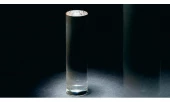
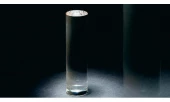
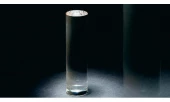
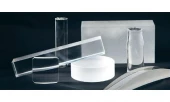
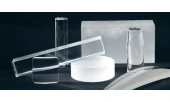
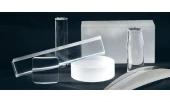

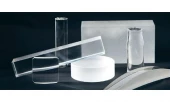
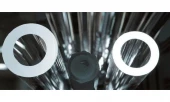
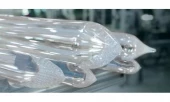
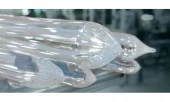
Your inquiry has been received.
Create an account by adding a password
Why create an account?
- Auto-complete inquiry forms
- View and manage all your past messages
- Save products to your favorites
- Close your account anytime — no hassle
